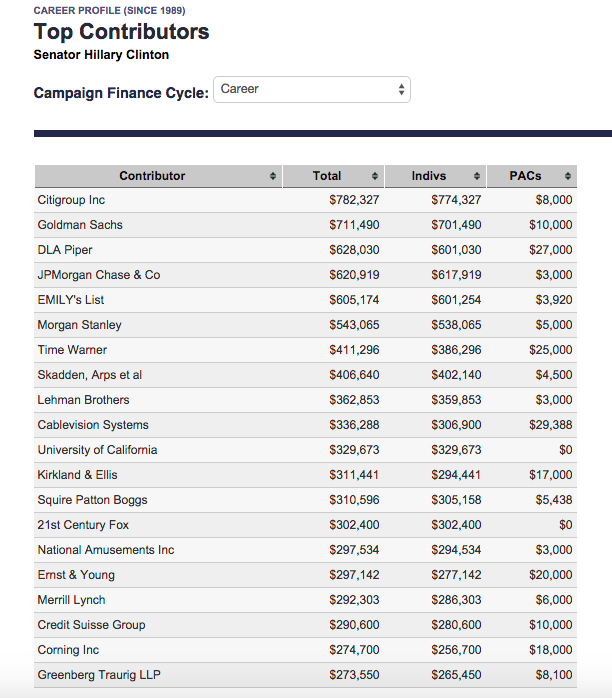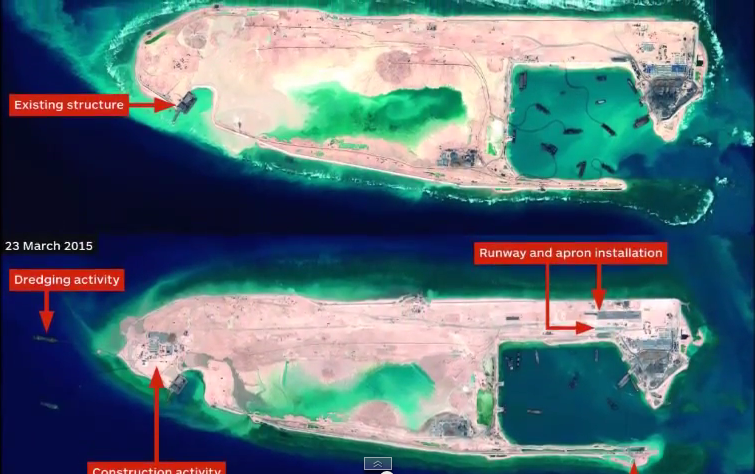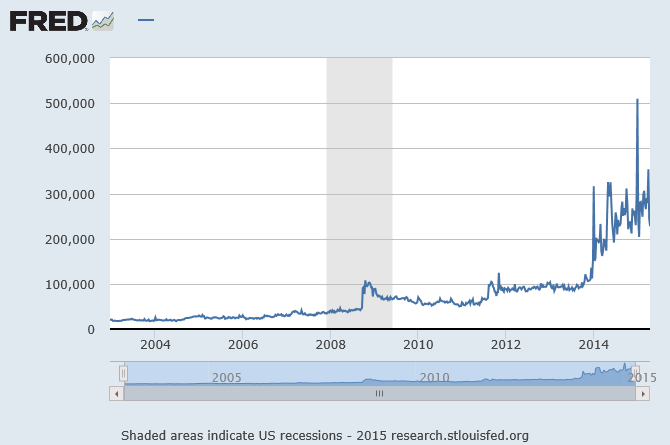Former Yugoslavia: “No War Crimes Here”
April 23rd, 2015 by Gregory Elich
As a member of a delegation documenting NATO war crimes in 1999, I visited Nish, the third largest city in Yugoslavia. NATO attacked this appealing old city on forty occasions, destroying approximately 120 buildings and damaging more than 3,400.
On the night of our second stop in Nish, we attended a meeting with university professor Jovan Zlatich. During the NATO war, Dr. Zlatich served as commander of the city’s Civil Defense Headquarters. In his discussion of the bombardment of Nish, he focused particular attention on the use of cluster bombs. Nish had the misfortune of being the target of several CBU-87/B cluster bombs, a weapon designed to open at a predetermined height and release 202 bomblets. These smaller bombs burst in a furious repeating series of explosions, spraying thousands of pieces of shrapnel over a wide area. Cluster bombs are anti-personnel weapons. While causing relatively minor damage to structures, they inflict frightful damage on human beings.
According to Dr. Miodrag Lazich of the surgical department at Nish University Hospital,
“Cluster bombs cause enormous pain. A person standing a meter or two away from the cluster bomb gets the so-called air-blast injuries, coming from a powerful air wave. The body remains mostly intact while internal organs like liver, brains or lungs are imploded inside. Parts of the exploding bombs cause severe injuries to people standing 15 to 20 meters away, ripping apart their limbs or hitting them in the stomach or head.”
The starting speed of the explosive charge in a cluster bomb is more than three times that of a bullet fired from an automatic rifle. Consequently, as shrapnel strikes its victim, the combined kinetic energy and explosive power is capable of causing a wound up to thirty times the size of the fragment itself. Because the bomblets are dispersed, they can cover an area as large as three football fields with their deadly rain.
Dr. Zlatich showed us photographs of his city’s cluster bomb victims. We viewed page after page of civilians lying in pools of blood, and then – much worse, pre-autopsy photographs. What cluster bombs do to soft human flesh is beyond anything that can be imagined, and an anguished silence fell over the room as Dr. Zlatich flipped through the photos. Viewing such scenes was unbearable. Finally, Dr. Zlatich looked up at us and softly said, “Western democracy.”
We had the opportunity to visit these sites. On three separate occasions, we walked down Anete Andrejevich Street and talked with residents. It was on this street at shortly after 11:30 AM on May 7 that cluster bombs fell. At one end of Anete Andrejevich Street is a marketplace, and on the day of the bombing the area was busy with shoppers. The street was narrow, lined with buildings that were old and charming. Evidence of the attack was unmistakable. Almost every house was pockmarked, and shrapnel had gouged hundreds of holes in the walls of the more heavily damaged homes. There was no place for pedestrians to hide on that day. One parked car had not moved since the day of the bombing. It was still there, riddled with punctures and resting on flattened tires, its windows covered with plastic. Memorials to the victims were posted at the spots where they had been killed.
Home on Anete Andrejevich Street, pockmarked by cluster bomb fragments. Photo: Gregory Elich.
As cluster bombs descended on this neighborhood, a violent and rapidly repeating series of explosions sounded as the bomblets sprayed razor-sharp shrapnel by the thousands. Seventy-three-year-old Smilja Djurich was inside her home when the attack came. “It went blat-blat-blat,” she recalled. “I didn’t know where I was. I was completely stunned. If I had been in the street, I would have been dead. When it began, we rushed to the cellar. People were screaming afterwards.” She sobbed as she told a reporter, “I survived World War II, but I haven’t seen anything like this.”
A young man was killed near her doorstep, sliced to pieces and lying in a pool of blood. Nearby, an elderly woman, her forehead pierced by shrapnel, was stretched out in the street, a bag of carrots beside her. Zhivorad Ilich was selling onions and eggs on a cardboard box that served as a makeshift stall when flying metal killed him. Slavica Dinich explained how she managed to survive. “We ducked for cover under the bed. One bomb fell through the roof of the upper floor of our house.”
Bozidar Panich reported, “I was in my garden when I heard something crack.” He saw smoke rising from the street. “Then I looked at the sky above and saw a small parachute with a yellow grenade descending toward me. Instinctively, I threw myself to the ground and covered my head with my hands. The bomb landed and exploded beside me so that everything shook. I remember that I was all covered with soil. I ran out into the street to look for my son, who had gone out minutes earlier. On the street, it was chaos. The dead and wounded were lying all over the place…People were crying out for help, in shock, and the cars and roofs of houses were burning.”
At the corner of Jelene Dimitrijevich and Shumatovachka Streets, a memorial for Ljiljana Spasich was posted on a brick wall at the place where she was killed while walking home from the market. Only 26 years-old and seven months pregnant, she was just one month away from completing her fifth and final year at medical school. She had planned her life well, expecting to give birth shortly after graduation. But NATO had other plans for her, and an exploding cluster bomb canister killed both her and her unborn baby.
Memorial to Ljiljana Spasich, posted at the spot where she was killed. Photo: Gregory Elich.
Accompanying Spasich on that day was her mother-in-law, Simeunka Spasich, who recalled, “We were 300-400 meters from our apartment and some 100 meters from the market when we heard planes. Suddenly, bombs were falling all around us. It was terrible. Explosions, smoke, leaves, branches…I felt a blow on my head, and blood leaking. Then I fainted. Several times I regained consciousness. I looked around me and realized that I was lying in the street, my right leg was broken as well as my right arm. People around me were dead or injured. It was terrible. Right next to me I saw my daughter-in-law Ljiljana, who was lying motionless. She was dead. At that moment, I thought her to be alive, but later they told me she had been killed on the spot, and the child could not have been saved.”
When the ambulance picked up Spasich, she lapsed back into unconsciousness. “I finally gained consciousness at the Military Medical Academy in Belgrade. My left leg was amputated below the knee, and my right hand was seriously injured. I could not move it. I was told that I would have to endure several operations more…My son, who came to visit me, told me that they did not believe I would stay alive, since my intestines had spilled.”
Two memorials to Pordani Seklich were posted on the front door window of the restaurant where she was employed as a waitress. She was in the kitchen when whizzing shrapnel tore through the roof and killed her where she stood. Our hotel, located across the Nishava, overlooked the neighborhood around Anete Andrejevich Street, and we had walked extensively throughout the area. It was an entirely residential neighborhood, with nothing that could be construed as a military target.
Only ten minutes after the cluster bombing of the marketplace neighborhood, a NATO warplane dropped an incendiary cluster bomb on the parking lot of the Clinical Center. A ball of fire engulfed the parking lot, igniting cars and sending thick clouds of black smoke billowing into the sky. Several homes on the adjacent block were damaged. Shrapnel by the hundreds shot through the hospital, causing the roof over the classroom to collapse. It was the everyday routine for staff to meet in the classroom at noon to discuss the war while eating lunch. Had the attack come twenty minutes later, all would have perished. In one room alone, over ninety holes from bomb fragments were counted.
Parking lot of Clinical Center, target of incendiary cluster bomb. Photo: Gregory Elich.
The incendiary effect of the bomb brought to mind Djakovica, where NATO attacked a column of Albanian refugees who were returning to their homes in Kosovo. According to a wartime report in Jane’s Defence Weekly, the Pentagon was anxious to introduce the newly developed CBU-97 cluster bomb. This weapon was designed to spray shrapnel heated to an intense temperature and ignite everything within its blast radius. The charred remains of the automobiles in the parking lot indicated that this was probably the weapon used at the Clinical Center. Djakovica was another site that served as a testing ground for the CBU-97, where it proved a rousing success, killing 73 civilians and dismembering and incinerating most of them beyond recognition. Survivors of that attack scattered and sought cover in nearby homes. NATO pilots, spotting this, launched missiles on the houses, adding to the death toll.
The photographs I saw of the victims were horrifying. We were later to talk with Albanians in Belgrade who served in the Yugoslav government or held prominent positions in the society. One of them mentioned his anger over the slaughter at Djakovica, as well as other instances where NATO warplanes killed his fellow Albanians. “The man who could command NATO to bomb people is not human. He is an animal. After the bombing of Djakovica, I saw decapitated bodies. I have pictures of that. It is horrible, terrible. I saw people without arms, without feet.”
Office building of So Produkt, a distributor of salt products. Photo: Gregory Elich.
The state-owned DIN cigarette factory in Nish was one of Yugoslavia’s largest manufacturing facilities, employing 2,500 workers. It was bombed on four occasions. The factory’s deputy managing director, Milovoje Apostolovich, told us that cluster bombs were among the munitions dropped on DIN. Workers found two cluster bomb fragments with messages scrawled on them: “Do you still want to be Serbs?” and “Run faster.” Apostolovich estimated damage to his factory at $35 million. A cigarette factory clearly lacked military utility. The only reason DIN was attacked was because it was the largest employer in Nish. We strolled through the factory’s grounds. A cruise missile had completely flattened the tobacco storehouse. Two of the larger buildings were substantially demolished. Merely to clear away the rubble would be an imposing task. Many of the smaller buildings had also sustained substantial damage. Bricklayers were busily rebuilding the canteen. Across the lane, the façade of the large financial and computer center bore the marks of a cluster bomb, with hundreds of gouged holes spread across its face.
Reconstruction continued at the state-owned DIN until it was made fit for privatization by a new Western-friendly government, as 1,400 employees were thrown out of work. In October 2003, DIN was purchased by Philip Morris, which six years later eliminated a third of the remaining workforce, terming those it laid off as “technological surplus.”
Several requests were filed by various parties with the International Criminal Tribunal for the Former Yugoslavia (ICTY) to investigate NATO war crimes, including the cluster bombing of Nish. Established at the behest of the United States, from which it received the bulk of its funding, the ICTY was not an entirely disinterested party. Compelled to deflect persistent complaints about NATO actions, the ICTY Prosecutor’s Office formed a committee it authorized to conduct an “investigation” to determine if there was a basis for legal action against NATO.
Not surprisingly, the Prosecutor’s committee found no basis to charge NATO for any of its actions. In regard to the cluster bombing of Nish, it correctly pointed out that there is no treaty prohibiting or restricting the use of cluster bombs. The Prosecutor’s office added that it indicted Serbian Krajina leader Milan Martich for launching a cluster bomb missile at Zagreb because it “was not designed to hit military targets but to terrorize the civilians of Zagreb.” NATO cluster bombs, evidently by their inherent nature, cannot be so characterized. “There is no indication cluster bombs were used in such a fashion by NATO,” the Prosecutor’s report asserts. The Office “should not commence an investigation into the use of cluster bombs as such by NATO.”
Bridge over the Nishava River. Photo: Gregory Elich.
The report goes on to explain that military commanders are obliged to “do everything practicable to verify that the objectives to be attacked are military objectives,” and to refrain from striking purely civilian targets. Against all evidence, the Prosecutor’s Office claimed that most of NATO’s targets were “clearly military objectives,” and “military objectives are often located in densely populated areas.”
The evidence for arriving at that determination was clear, according to the Prosecutor’s Office. “It has tended to assume that the NATO and NATO countries’ press statements are generally reliable and that explanations have been honestly given,” despite the fact that when it asked NATO about specific incidents, replies were vague and “failed to address the specific incidents.” Only one conclusion was possible: “On the basis of the information reviewed, however, the committee is of the opinion that neither an in-depth investigation related to the bombing campaign as a whole nor investigations related to specific incidents are justified.”
Try telling Ljiljana Spasich’s widowed husband that his wife and unborn baby were legitimate military targets.
Gregory Elich is on the Board of Directors of the Jasenovac Research Institute and the Advisory Board of the Korea Policy Institute. He is a columnist for Voice of the People, and one of the co-authors of Killing Democracy: CIA and Pentagon Operations in the Post-Soviet Period, published in the Russian language.

























































